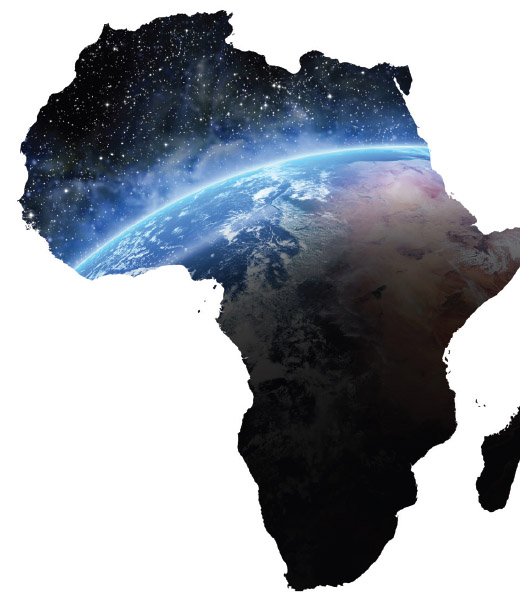Session of interest to the GeoPRISMS Community will take place at the upcoming Goldschmidt Conference 26 June – 1 July in Yokohama, Japan. See below for more details.
Abstract submission deadline is February 26.
Abstract submission and directions are available at: http://goldschmidt.info/
—————
—————
Conveners: Thomas Pettke, Susanne Skora, Tatsuki Tsujimori, Sarah Penniston-Dorland, Matthias Konrad-Schmolke
Keynote speaker: Katy Evans (Curtin University)
This session aims at attracting geochemists and petrologists contributing to our better understanding of geochemical cycling and mass transfer of elements and isotopes in the subduction factory. Such processes are often at the onset of the global-scale dynamics that formed and have modified Earth’s geochemical reservoirs through time. Recent experimental, (micro)analytical and field-based research advances now allow us to gain unprecedented insights into how geochemical cycling has operated to form and continuously modify Earth’s geochemical reservoirs. We invite contributions that focus on what enters subduction zones, how this material evolves with progressive subduction and what is eventually recycled to the continental crust via arc magmatism or back to the convecting mantle. Studies dealing with element abundance and isotope ratio systematics, aqueous and carbonic fluid chemistries, halogens, fluid – solid phase petrology, thermal conditions, modelling, and field-based or experimental investigations are equally appreciated. We particularly encourage contributions that present provocative ideas and concepts, and unconventional approaches, to foster inspiring scientific exchange on the physical and chemical processes operating down to subarc depth.
—————
04f: Mantle melting in Earth and planetary interiors
Conveners: Sarah Lambart (UC Davis), Ananya Mallik (Bayerisches Geoinstitut), Sylvain Petitgirard (Bayerisches Geoinstitut)
Mantle melting processes are of crucial importance for the differentiation of the Earth and planetary bodies. Melts affect physical properties of planetary mantles such as the rheology, conductivity and density along with governing the formation and redistribution of geochemical and volatile reservoirs. This session aims at understanding physical and chemical properties of melts in shallow to deep interiors of terrestrial and planetary bodies, from early accretion to present day dynamics. We especially encourage experimental studies on the melting of planetary interiors using large volume press, diamond anvil cell, and dynamic shock compression techniques. We invite submissions exploring melt chemistry, extraction of melt, effect of volatiles on the process of melting, physical properties of melt such as density, viscosity, structure and their effect on local to large-scale physical and chemical properties of the Earth and planetary bodies.

 Africa Award for Research Excellence in Earth and Space Science
Africa Award for Research Excellence in Earth and Space Science